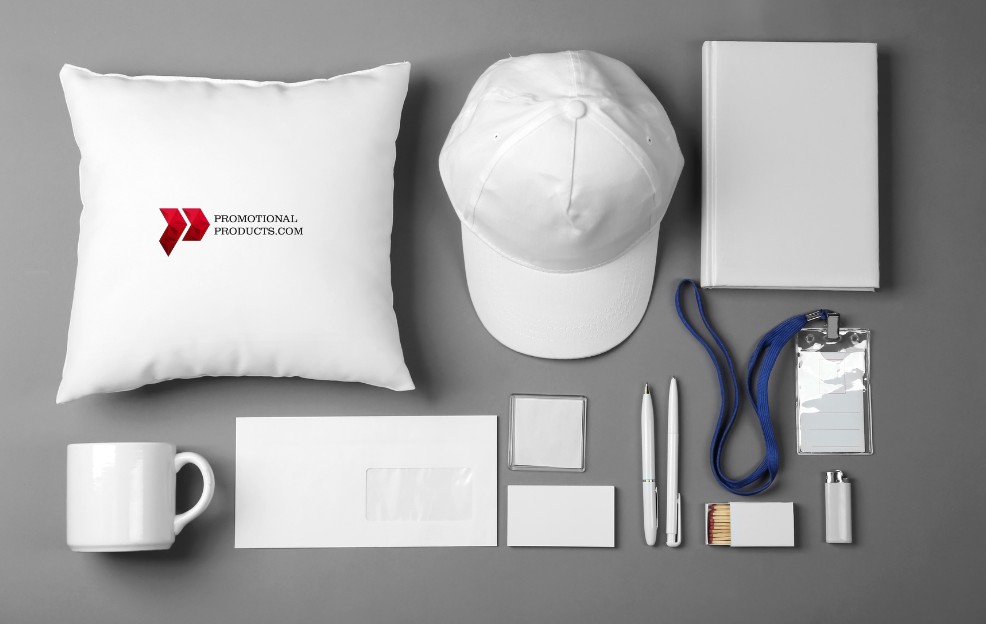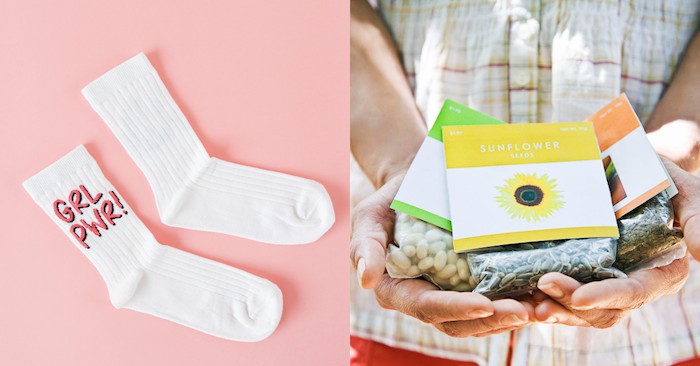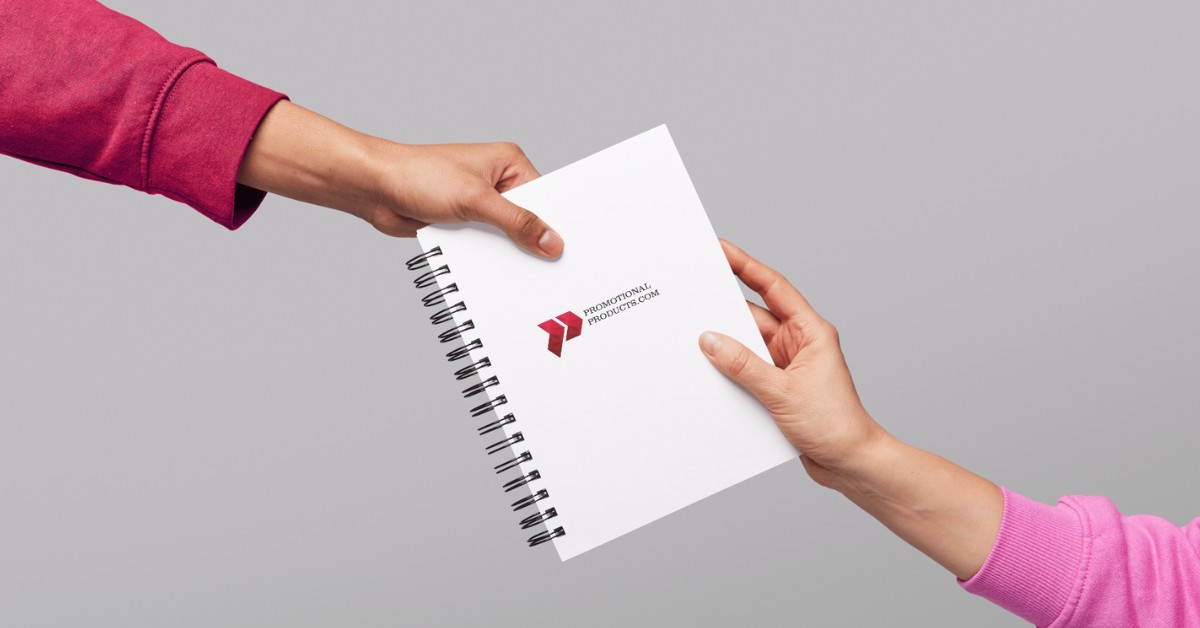Marketing in the modern age is getting more and more creative. Although digital strategies and flashy advertisements often take center stage, promotional products remain a reliable tool for building brand awareness and fostering customer loyalty. These tangible items, ranging from simple pens to innovative tech gadgets, have evolved significantly over time and continue to play a crucial role in modern marketing campaigns. In this article, we’ll explore the historical context of promotional products, their benefits for customer retention, and examples of businesses that have successfully utilized these items to enhance their marketing efforts.
Historical Context
The Origins of Promotional Products
The concept of promotional products can be traced back to the late 19th and early 20th centuries, a time when businesses were beginning to understand the value of tangible items in promoting their brands. Early promotional products were relatively simple and often included items like branded calendars, notepads, and pens. These early giveaways were designed to keep a company’s name and logo in front of potential customers, making them a memorable part of their daily lives.
One of the first documented uses of promotional products was in 1886 when the American political campaign of Grover Cleveland distributed campaign buttons. This initiative marked the beginning of leveraging everyday items as a means of political and commercial messaging. Over time, promotional products became increasingly sophisticated, and their role in marketing grew more defined.
Evolution of Promotional Products
As the advertising industry progressed, so did the nature of promotional products. What started as simple giveaways evolved into a strategic component of marketing campaigns. The mid-20th century saw the rise of promotional items with more elaborate designs and functionality, reflecting advancements in manufacturing and marketing strategies. Companies began to realize that the quality and relevance of these items were crucial to their effectiveness.
By the late 20th and early 21st centuries, promotional products had become an integral part of marketing campaigns, with a focus on enhancing brand visibility and building customer loyalty. Today, promotional products include a wide range of items, from eco-friendly goods to high-tech gadgets, catering to various customer preferences and marketing objectives.
Benefits for Customer Retention
Building Brand Awareness
One of the primary benefits of incorporating promotional products into marketing campaigns is their ability to enhance brand awareness. Unlike digital ads that can be easily skipped or ignored, promotional products offer a physical reminder of a brand. When customers use or see these items regularly, they are continuously reminded of the brand, which helps in keeping the company top-of-mind.
A well-designed promotional product that is both useful and high-quality can significantly boost brand recognition. For example, a high-quality branded water bottle or tote bag can become a staple in a customer’s daily routine, providing consistent exposure to the brand.
Fostering Customer Loyalty
Promotional products also play a vital role in fostering customer loyalty. By giving customers something of value, companies can create a positive association with their brand. This gesture of appreciation can enhance the overall customer experience and encourage repeat business.
Creating Positive Associations
Promotional products can help create positive associations with a brand. When customers receive a gift that is both practical and thoughtful, it fosters goodwill and strengthens their connection with the brand. For instance, a tech company that provides useful branded accessories like phone chargers or USB drives can enhance customer satisfaction and loyalty.
Encouraging Repeat Business
Customers who receive promotional products are more likely to become repeat buyers. A study by the Promotional Products Association International (PPAI) found that 83% of people can recall the branding on a promotional product they received in the past two years. Additionally, 82% of people like receiving promotional products, and 79% can recall the branding on products they’ve received in the past two years. This level of recall and appreciation translates into increased likelihood of repeat business.
Examples of Successful Use of Promotional Products
Case Study 1: Coca-Cola
Coca-Cola has long been a pioneer in using promotional products to enhance its marketing efforts. The company’s iconic branded items, such as personalized Coke bottles and limited-edition merchandise, have been integral to its campaigns. The “Share a Coke” campaign, which featured personalized names on Coke bottles, not only boosted sales but also created a strong emotional connection with consumers. The campaign successfully utilized promotional products to engage customers and drive brand loyalty.
Case Study 2: Starbucks
Starbucks has also effectively used promotional products to drive customer engagement. The company’s branded reusable cups and merchandise, such as tumblers and mugs, have become popular among its customers. Starbucks offers limited-edition items and seasonal products that create a sense of exclusivity and urgency. These promotional products not only enhance the customer experience but also reinforce the brand’s commitment to quality and customer satisfaction.
Case Study 3: Tech Companies
Tech companies, such as Apple and Microsoft, often use branded tech accessories as promotional products. Items like branded phone cases, USB drives, and headphones are not only functional but also serve as a reminder of the brand’s innovative and high-quality products. These promotional products are often given away at tech conferences, product launches, or as part of customer loyalty programs, helping to maintain brand visibility and customer engagement.

Conclusion
Promotional products have come a long way since their inception, evolving from simple giveaways to essential components of modern marketing campaigns. Their ability to enhance brand awareness, foster customer loyalty, and create positive associations makes them a valuable tool for businesses looking to build long-term relationships with their customers.
By understanding the historical context of promotional products and leveraging their benefits effectively, companies can create impactful marketing campaigns that resonate with their target audience. As demonstrated by successful case studies, promotional products can significantly contribute to customer retention and overall brand success. Incorporating these tangible items into your marketing strategy is not just about giving away freebies; it’s about creating lasting impressions and building meaningful connections with your customers.



